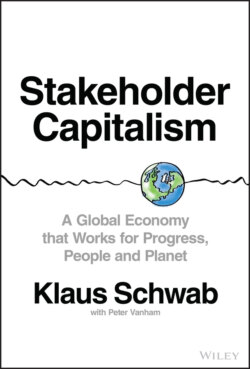Читать книгу Stakeholder Capitalism - Klaus Schwab - Страница 27
The Third Kuznets Curse: The Environment
ОглавлениеThere is a third and final Kuznets curse, and it has to do with the environment. As the Kuznets curve was gaining traction in the 1960s and 1970s, some people started to worry about externalities caused by the West's high economic growth rates: an increase in pollution, environmental degradation, and depletion of resources. With consumerism taking hold in the West and populations growing quickly globally, one could reasonably ask what toll our socioeconomic system took on our global commons. This was the age of cars and factories laying a thick layer of smoke over cities, the discovery of a growing hole in the protecting ozone layer of the earth's sky, the introduction of nuclear plants and waste, and the widespread use of plastics and other harmful materials such as asbestos in construction.
In a similar vein to Kuznets’ temporary observation on inequality, however, some economists thought there was not all too much to worry about: no sooner had they discovered the environmental pollution had been rising than hopeful signs emerged that it too would go down over time. Indeed, as production methods became more sophisticated, they also became cleaner and more resource efficient. On a per-product basis, environmental harm seemed to follow an environmental Kuznets curve. Give it another few years or decades, the thought went, and this problem, like inequality before it, would solve itself. Unfortunately, that isn't how things turned out.
